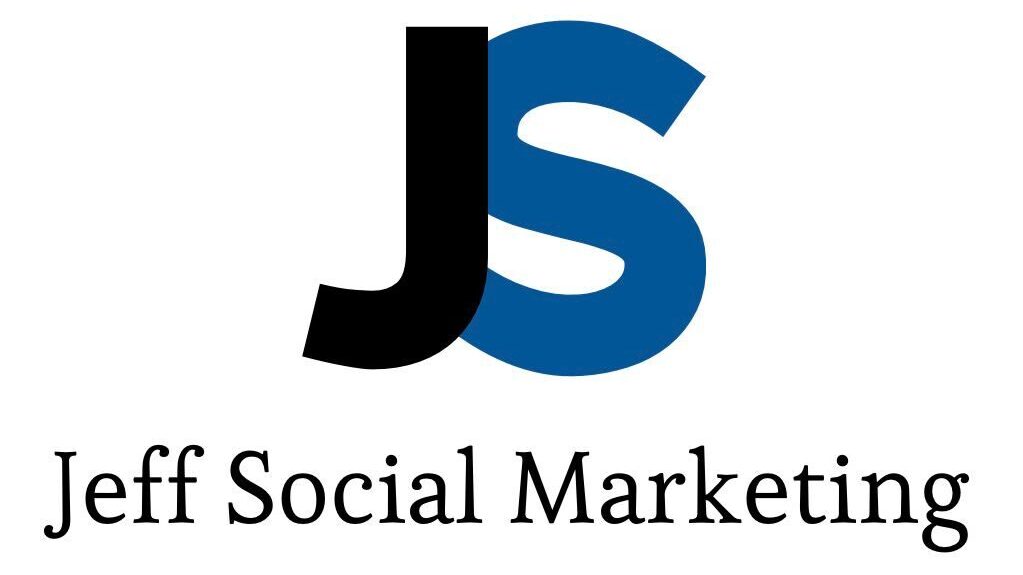With so many social media platforms available today, choosing the right one for your business can feel overwhelming. Each platform has its own strengths, audience, and style of communication. Whether you’re running a local business, an e-commerce store, or a professional service, the key is knowing where your audience spends their time—and how to reach them effectively.
Below, we break down the top social media platforms and what makes each one unique so you can choose the best fit for your brand.
1. Facebook — Best for Community Building and Local Businesses
Facebook remains one of the most powerful and versatile social media platforms for business owners. With billions of active users, it’s perfect for connecting with a wide range of audiences and building community engagement.
Best for: local businesses, event promotions, and brands that want to build loyal customer relationships.
Pro Tip: Use a mix of organic posts and paid ads. Facebook’s ad targeting allows you to reach users by location, interests, and demographics—making it ideal for local visibility and brand awareness.
2. Instagram — Best for Visual Branding and Lifestyle Marketing
Instagram is the go-to platform for brands that rely on visuals. From food and fitness to fashion and design, it’s all about telling your story through photos and videos.
Best for: brands with strong visuals, product-based businesses, and influencers.
Pro Tip: Focus on consistent branding, high-quality images, and short-form videos. Reels currently offer excellent reach and engagement, especially for lifestyle and creative industries.
3. LinkedIn — Best for B2B and Professional Services
If your business targets professionals or other businesses, LinkedIn is essential. It’s designed for networking, sharing expertise, and building authority in your field.
Best for: consultants, B2B companies, startups, and agencies.
Pro Tip: Post informative content such as case studies, market insights, or thought leadership articles. Authentic, value-driven posts perform better than sales-heavy promotions.
4. TikTok — Best for Short-Form Video and Brand Awareness
TikTok’s rapid growth has made it a must-consider platform for businesses wanting to reach younger audiences. It’s all about creativity, entertainment, and authenticity.
Best for: brands targeting audiences under 40, creative industries, and lifestyle products.
Pro Tip: Don’t focus on perfection—focus on personality. Authentic, relatable videos often outperform polished ads. Keep up with trends, sounds, and challenges relevant to your brand.
5. X (formerly Twitter) — Best for Real-Time Updates and Conversations
X (previously known as Twitter) remains a strong platform for real-time communication. It’s especially effective for brands that want to engage in discussions, share quick updates, or stay relevant with trending topics.
Best for: media outlets, tech companies, and businesses that thrive on conversation and customer engagement.
Pro Tip: Be consistent and timely. Reply to comments, join discussions, and use trending hashtags to increase visibility.
6. YouTube — Best for Long-Form Video and Education
YouTube is more than a video-sharing platform—it’s a search engine. It’s perfect for brands that can offer educational or entertaining video content, such as tutorials, product reviews, and behind-the-scenes footage.
Best for: educational content creators, service-based businesses, and brands looking for long-term SEO growth.
Pro Tip: Optimize your videos with descriptive titles, detailed captions, and relevant tags. Consistency in uploading helps your channel grow faster.
Final Thoughts
The best social media platform for your business depends on your goals, audience, and content style. Facebook and Instagram are great for community and brand storytelling, while LinkedIn shines for professional networking. TikTok is ideal for creative engagement, X works for fast-paced updates, and YouTube is perfect for in-depth content.
You don’t need to be everywhere—focus on the platforms where your audience is most active. Post consistently, track engagement, and refine your strategy over time. The right platform, paired with great content, can turn social media into one of your most powerful marketing tools.



